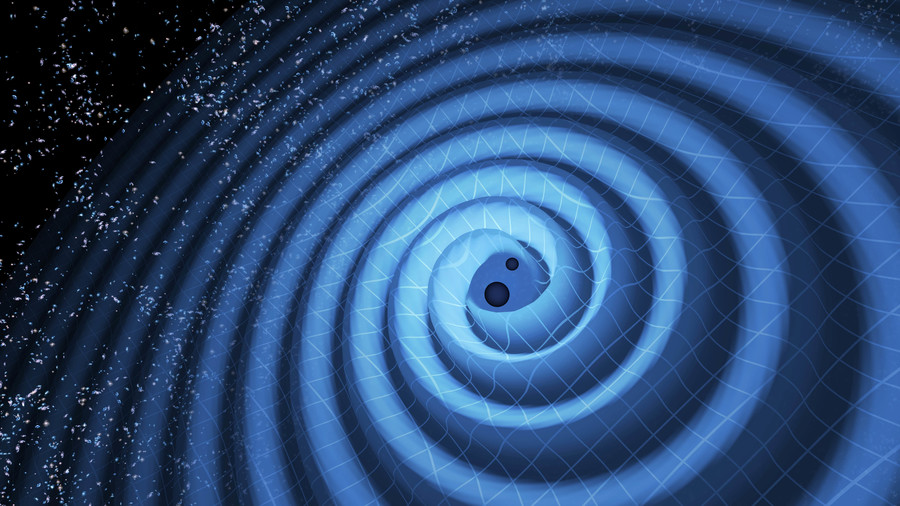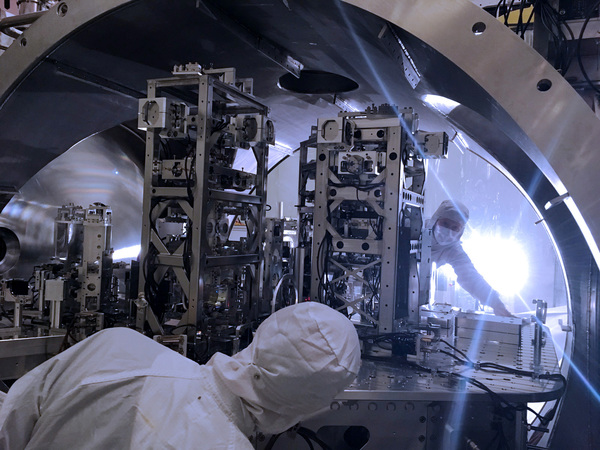Laser Interferometer
Gravity-wave Observatory
About LIGO
The Laser Interferometer Gravity-wave Observatory operates sites in two U.S. locations. In Southeast Washington, LIGO Hanford’s facility is located about 12 miles from the Pacific Northwest National Laboratory (PNNL) near the city of Richland. In souther Louisiana, LIGO Livingston is located near the city of Baton Rouge. LIGO Hanford has been a partner of the STAR Program since 2015, while LIGO Livingston will be hosting their first batch of STAR fellows in summer 2022.
LIGO is one of several projects around the globe seeking to open a new field of astronomy through the direct detection of gravitational waves from space.
Our work at ligo
Research at LIGO centers on instrumentation, calibration, and data analysis projects related to constantly monitoring and improving observatory hardware and software.
STAR Fellows at LIGO can expect to interact closely with the larger number of Fellows placed at nearby PNNL. Attention to detail and data analysis skills are essential at LIGO. STAR fellows at LIGO are able to take advantage of on-site accommodations organized by PNNL, but LIGO is most appropriate for individuals with access to their own reliable transportation.
Summer research Opportunities
Research and design at LIGO is focused on four areas:
As of December 2019, LIGO has made 3 runs, and made 50 detections of ggravitational waves. The first run was from September 12, 2015 to January 19, 2016, made the first 3 detections of gravity waves, all of which were black hole mergers.

Spiral dance of black holes. (Image Credit: LIGO/T. Pyle)
More About LIGO
Previous Summer Research at LIGO Includes:
- An analysis of the microseismic peak at LIGO Hanford Observatory (Nathan Sweem)
- Using Fscans to detect combs in LIGO Detector Characterization Channels (Joseph M. Milliano, Gregory Mendell)
- Visit the Cal Poly Digital Commons to browse additional projects at this site.

Detector engineers install hardware upgrades. (Image Credit: LIGO/Caltech/MIT/Jeff Kissel)
Location
Ligo Handford Observatory
127124 N Route 10
Richland, WA 99354
